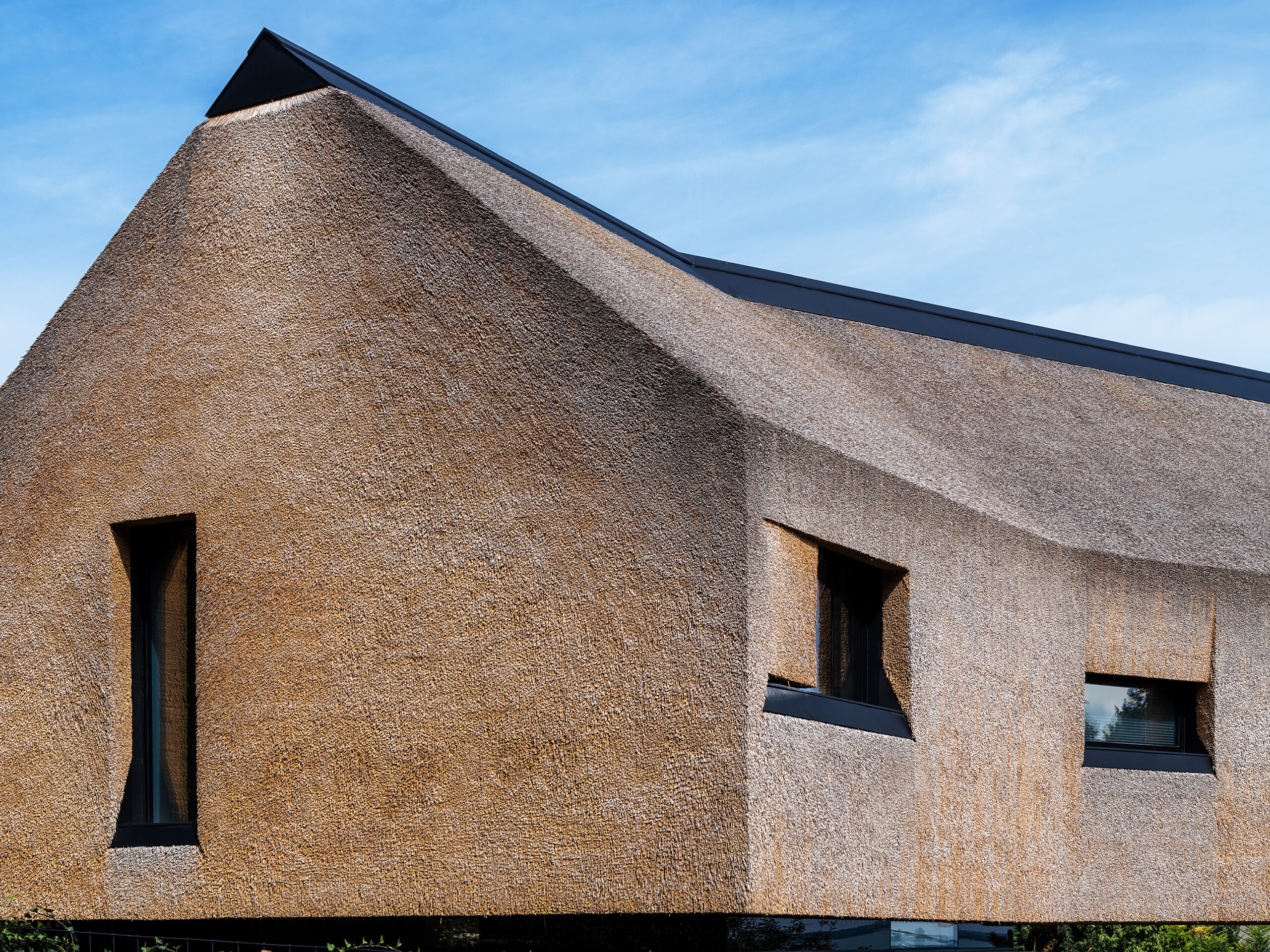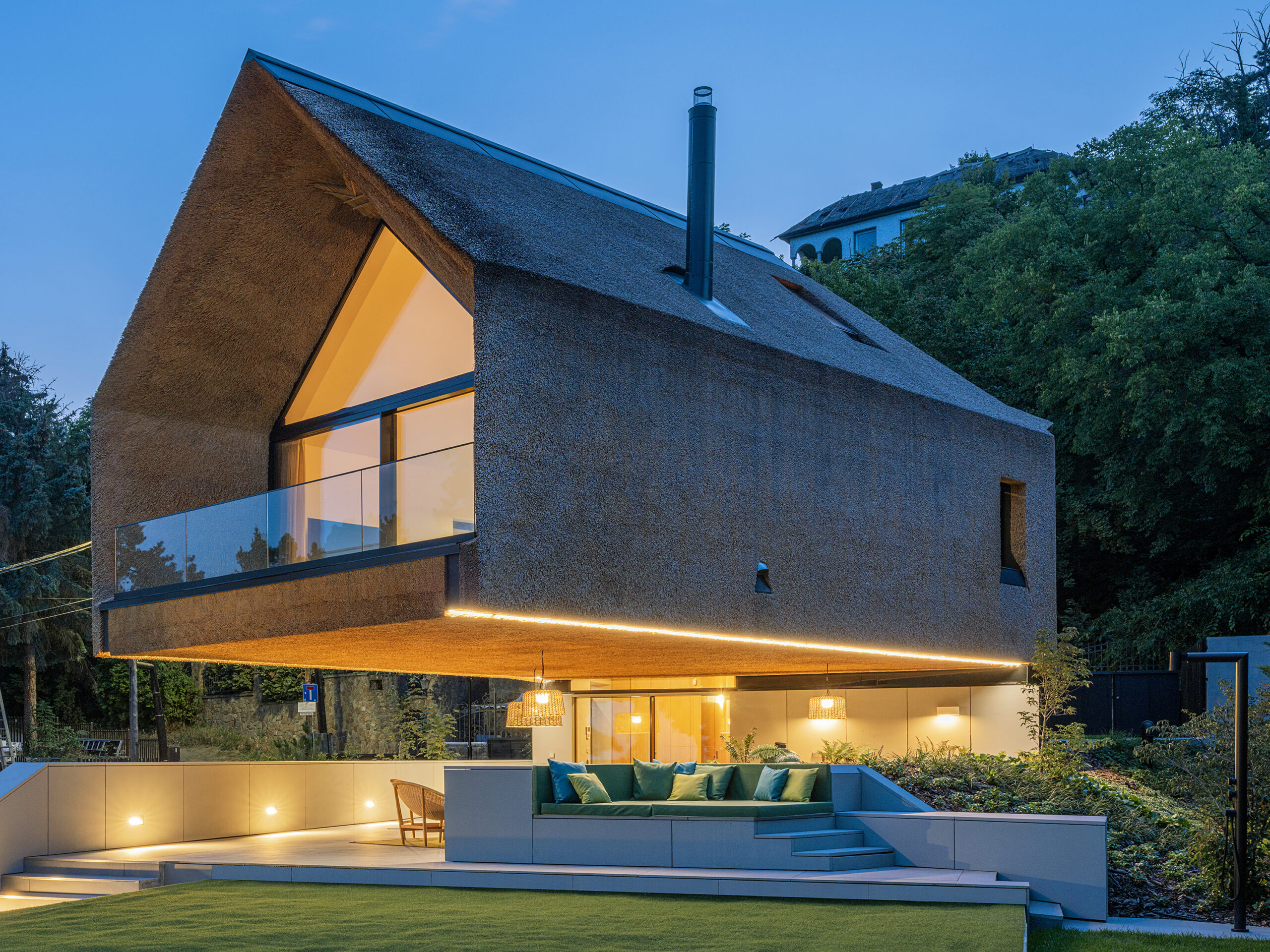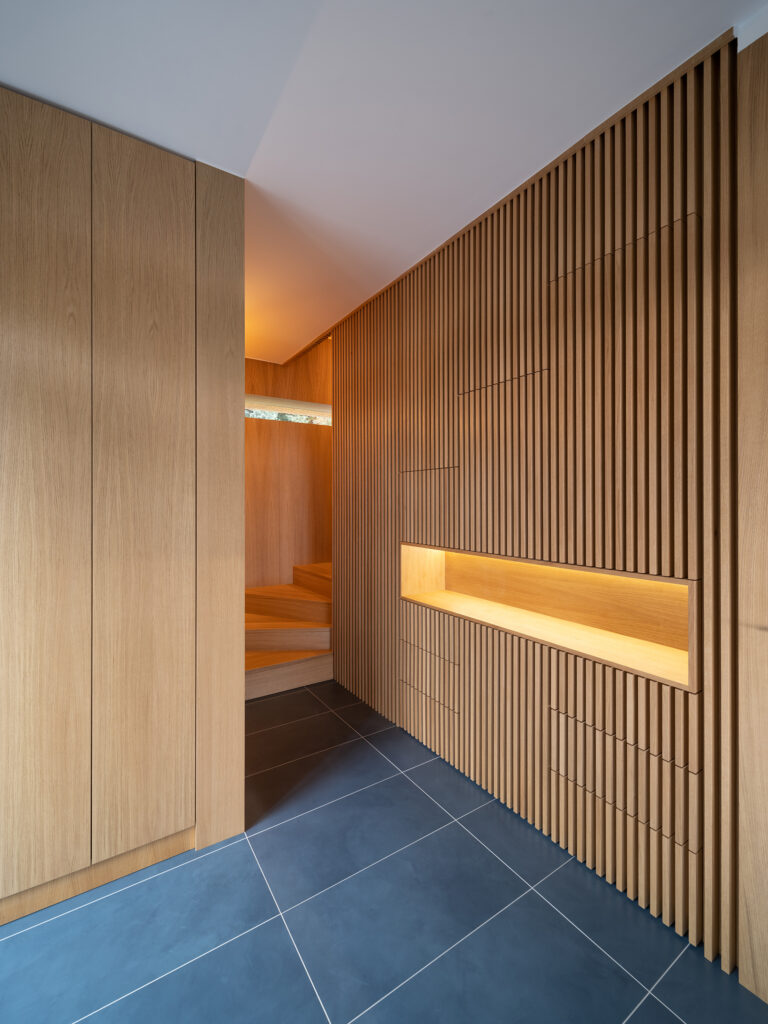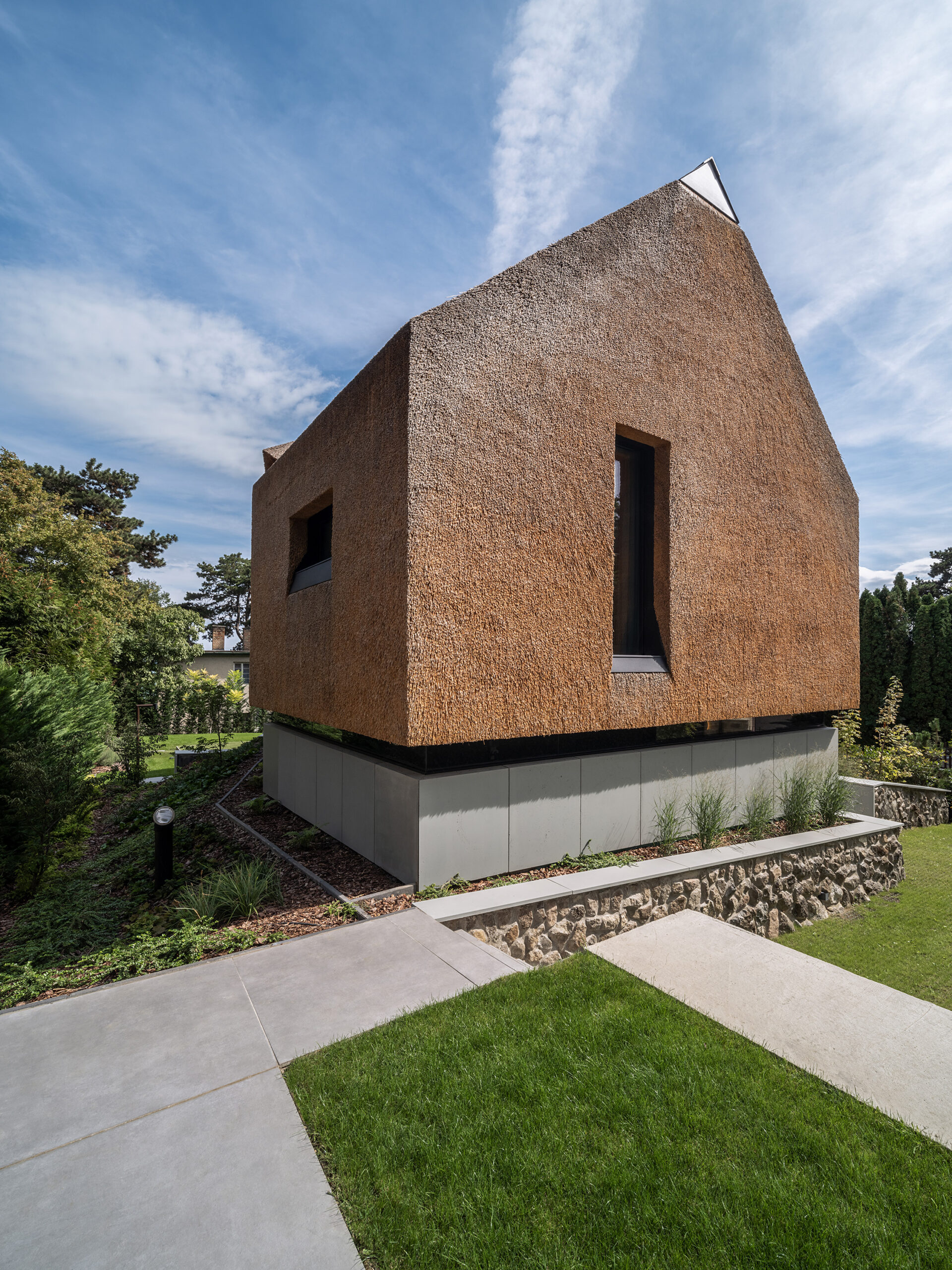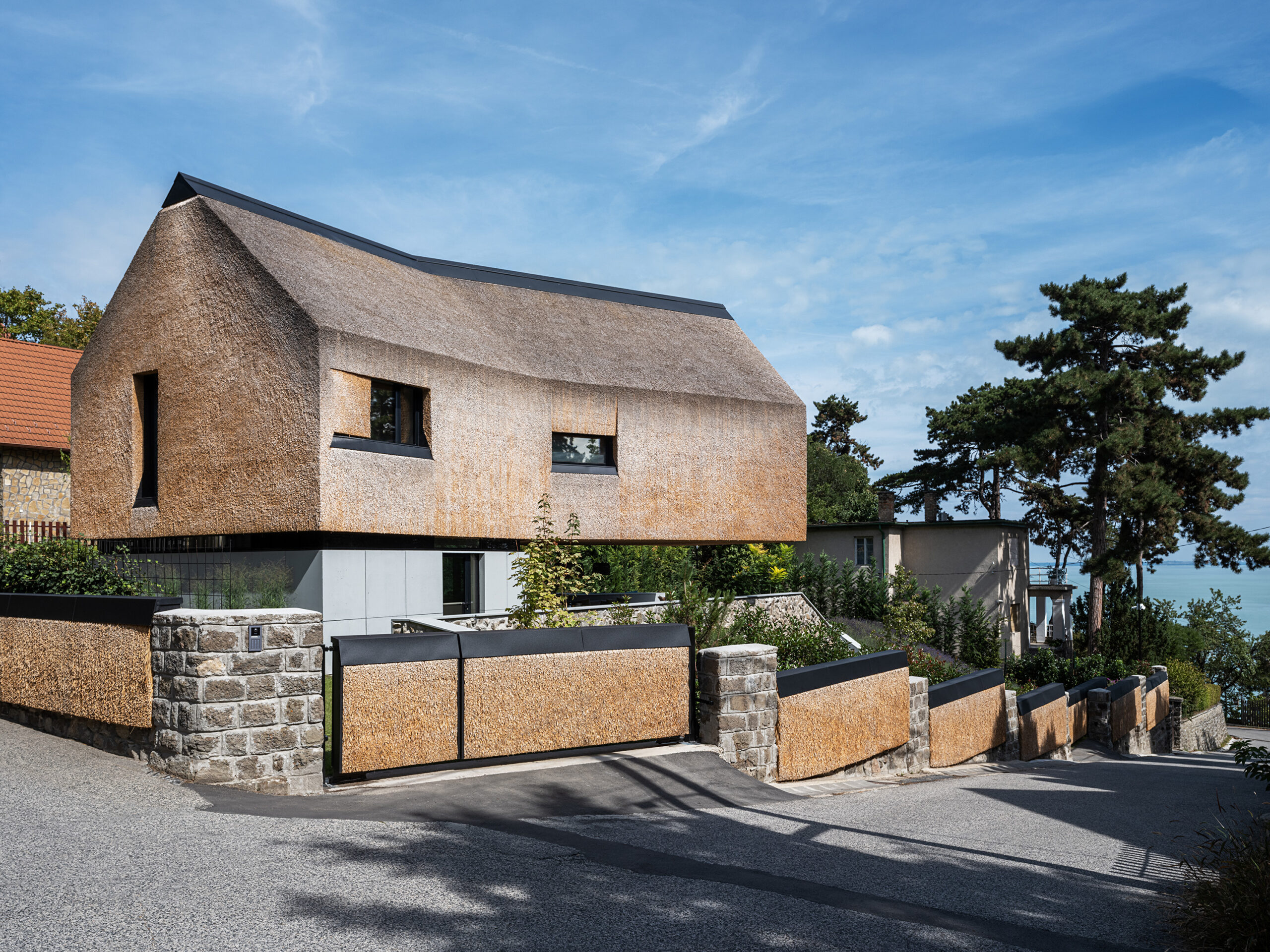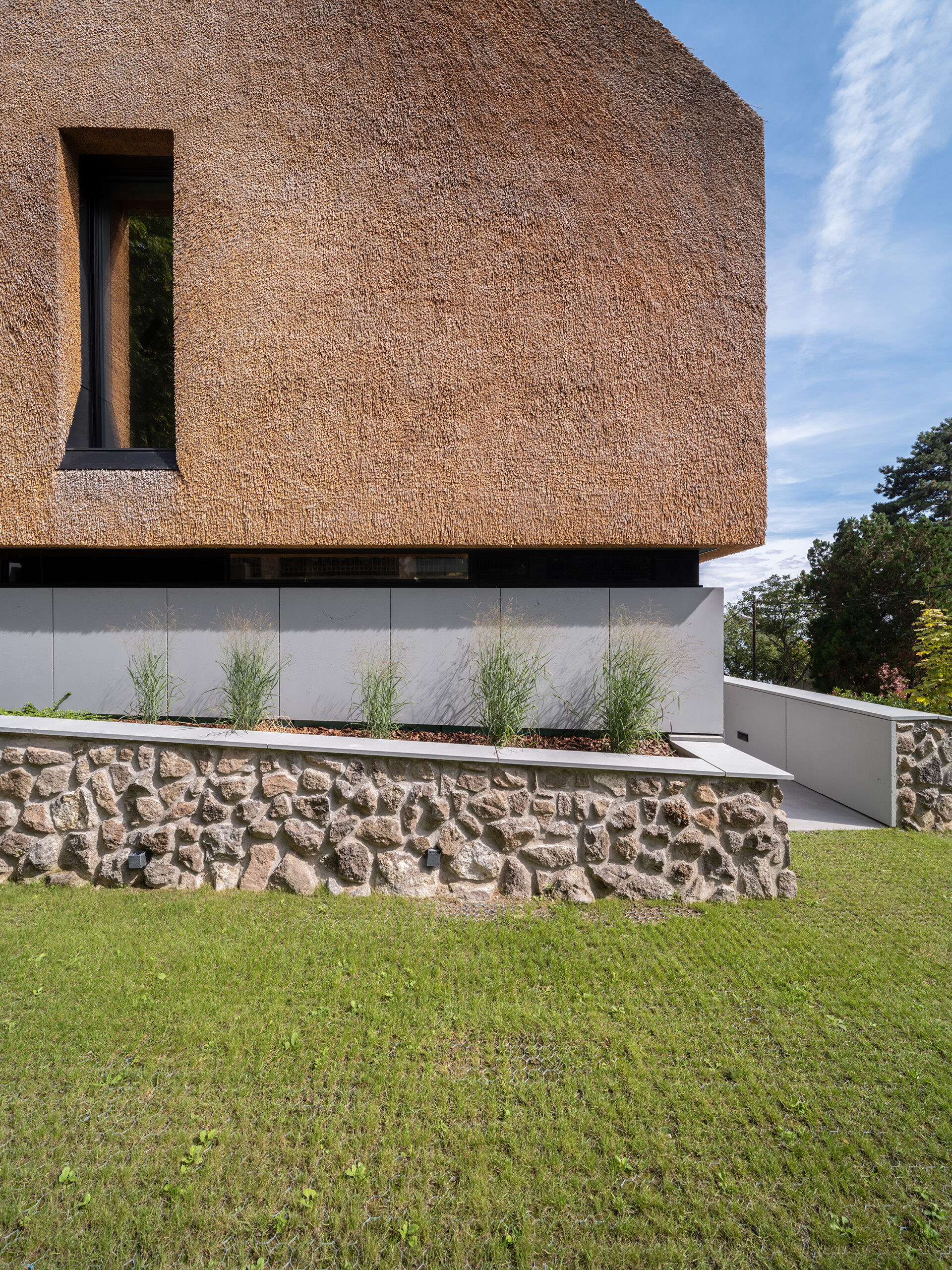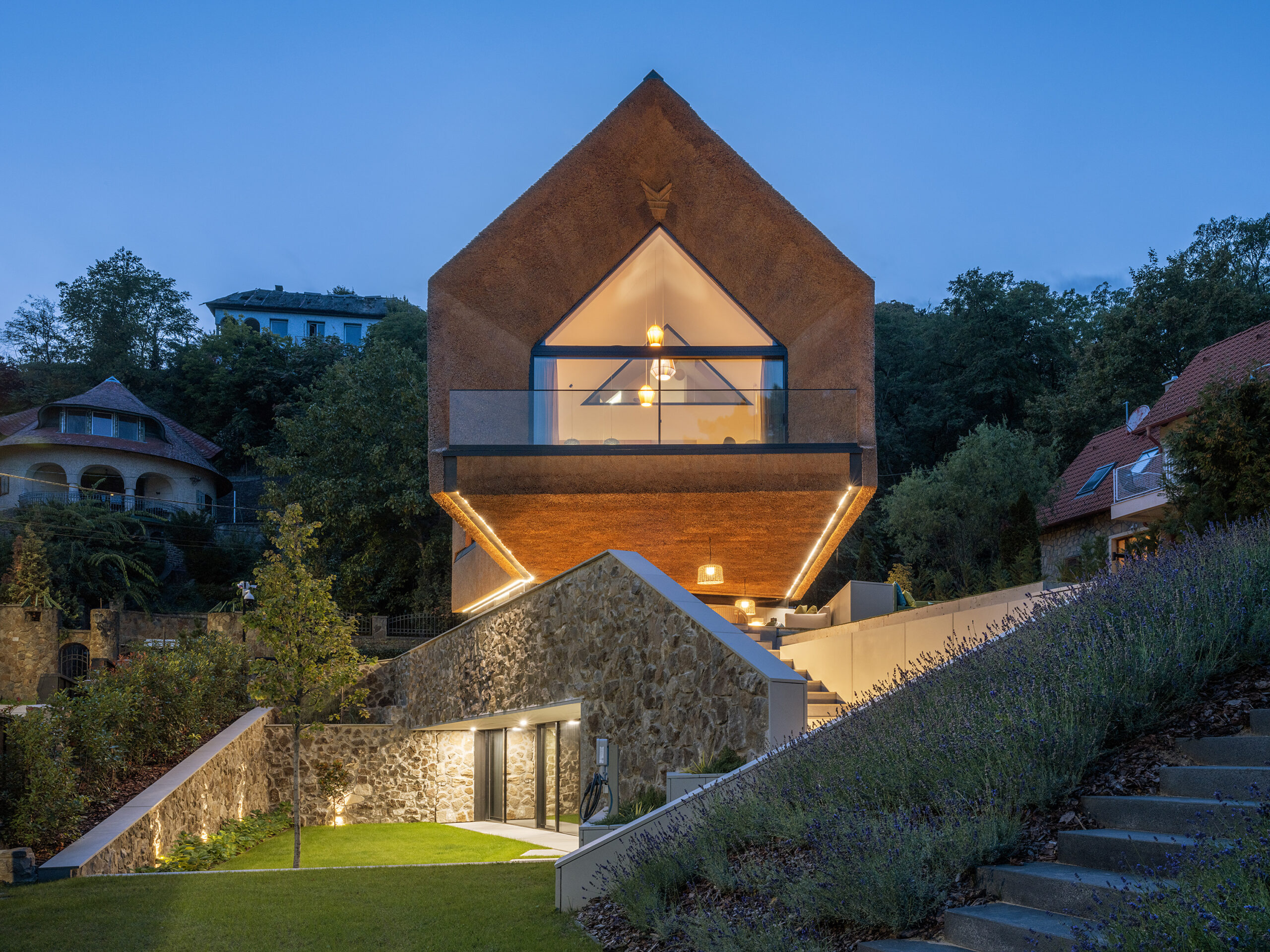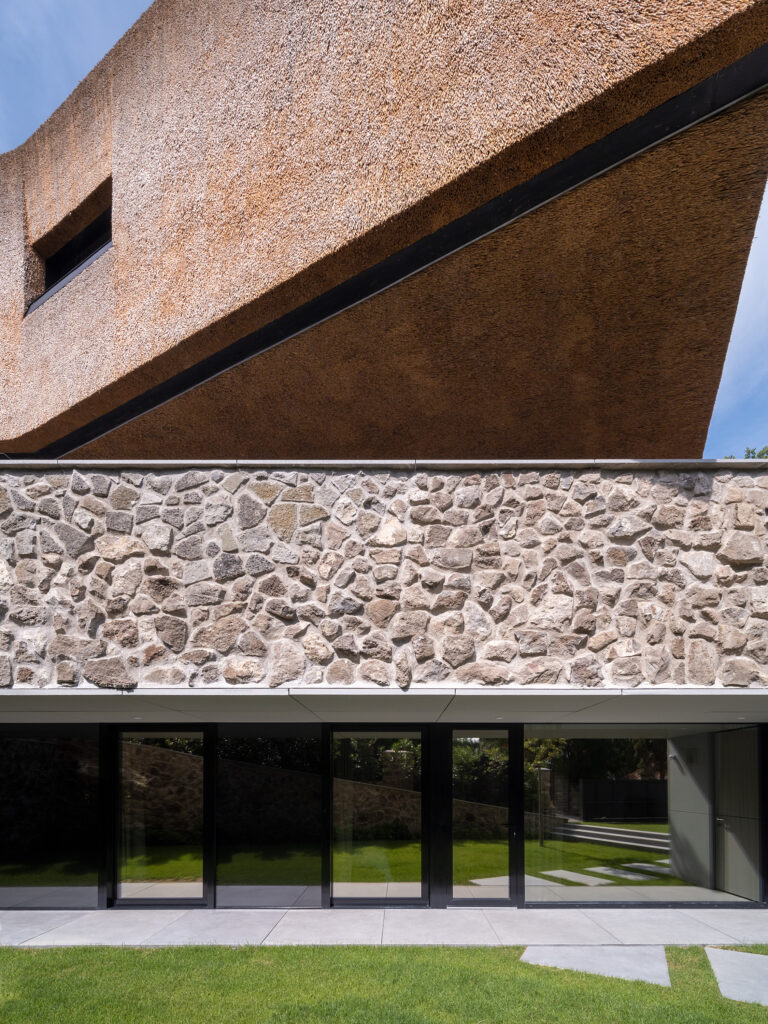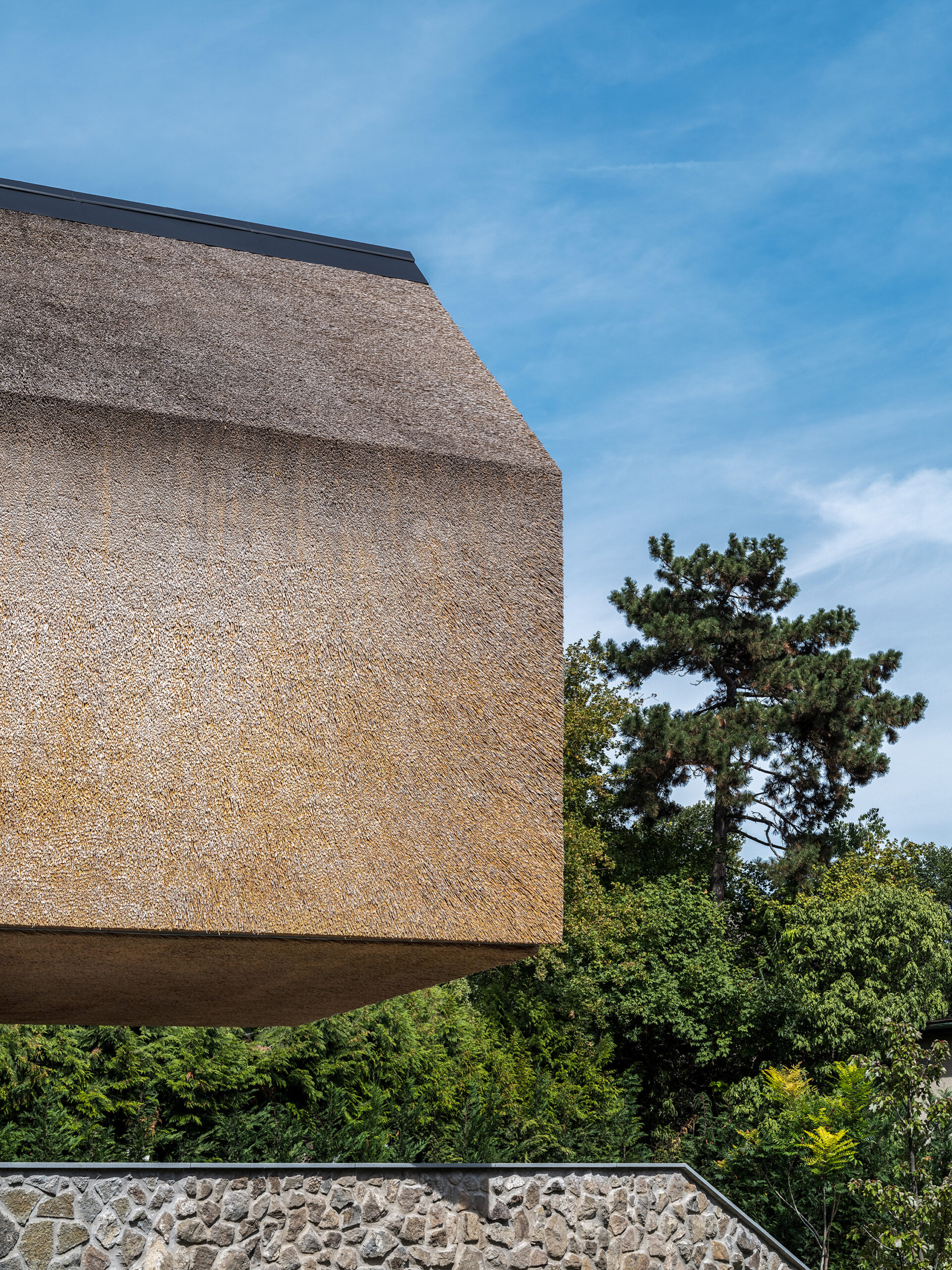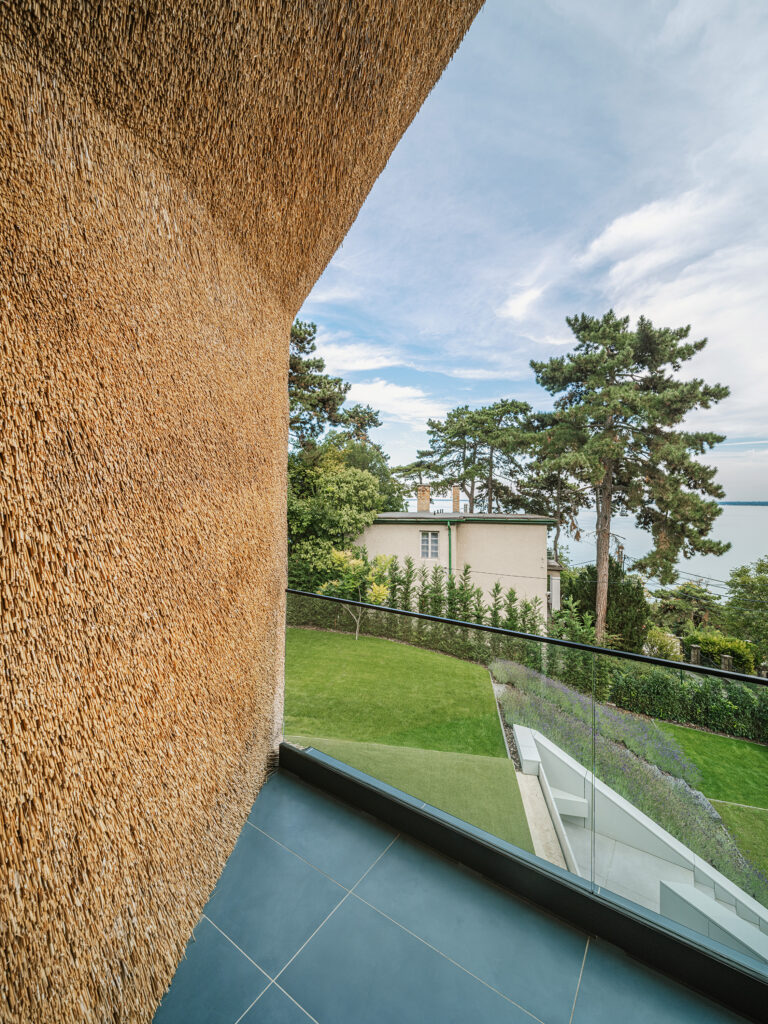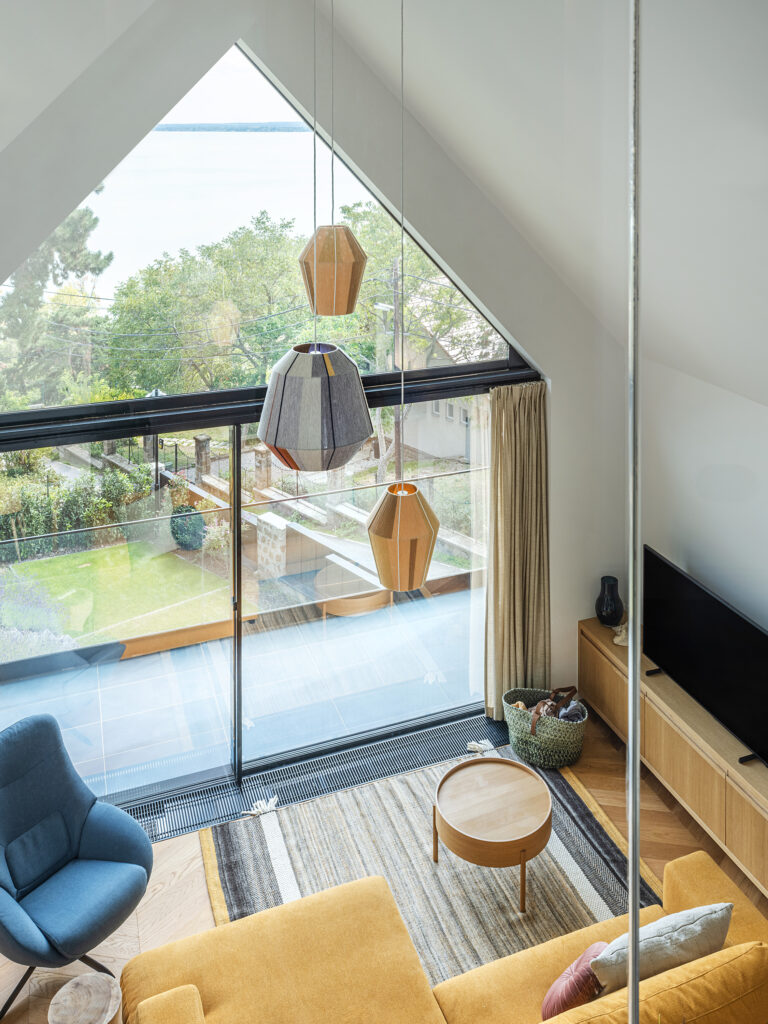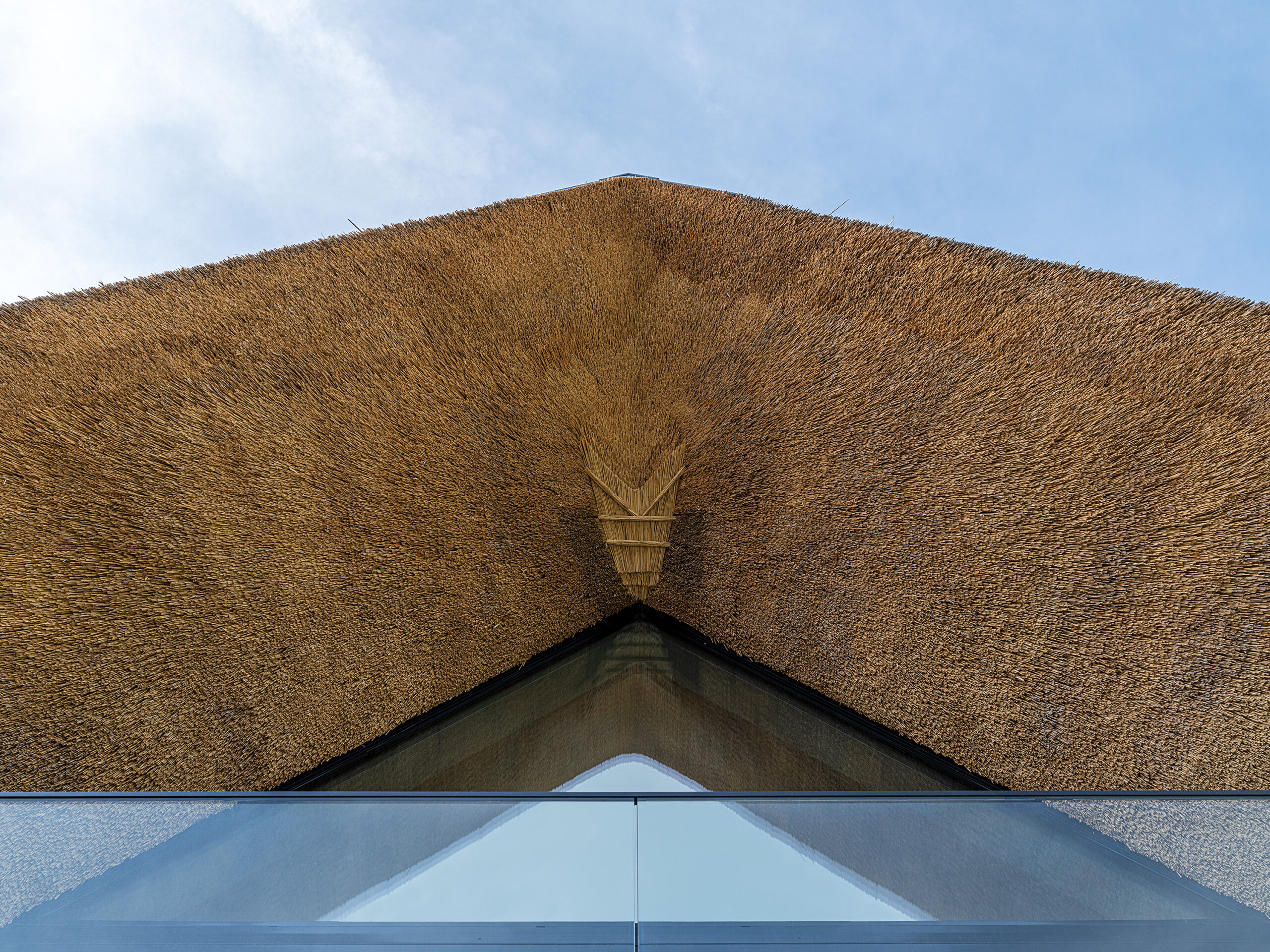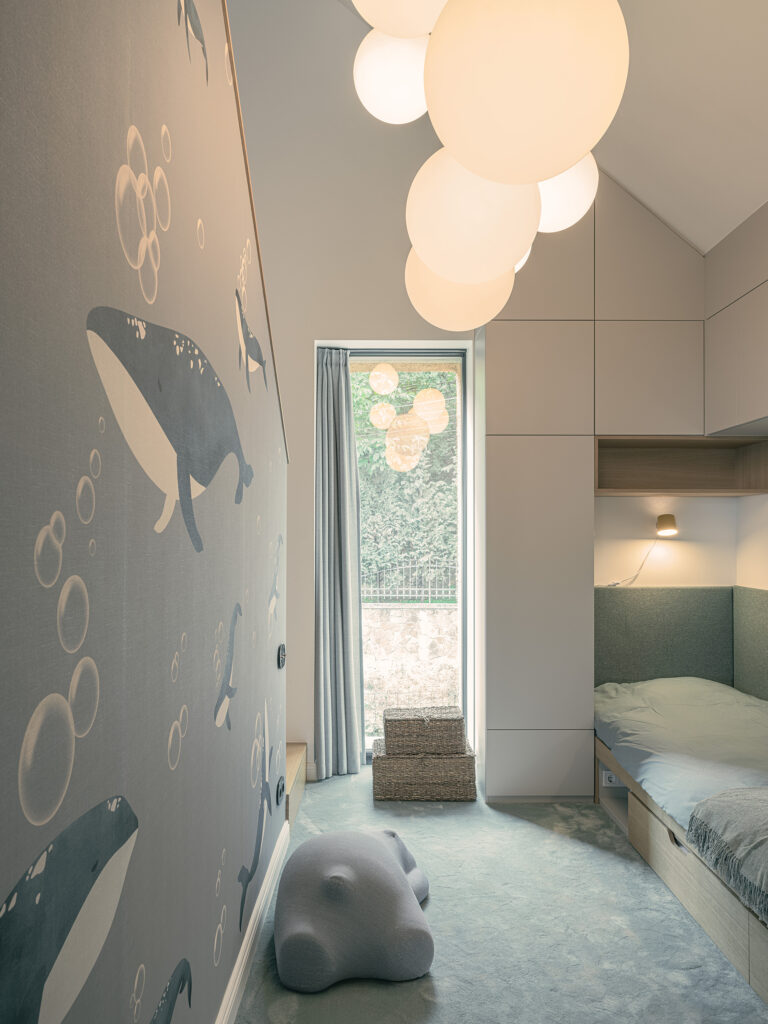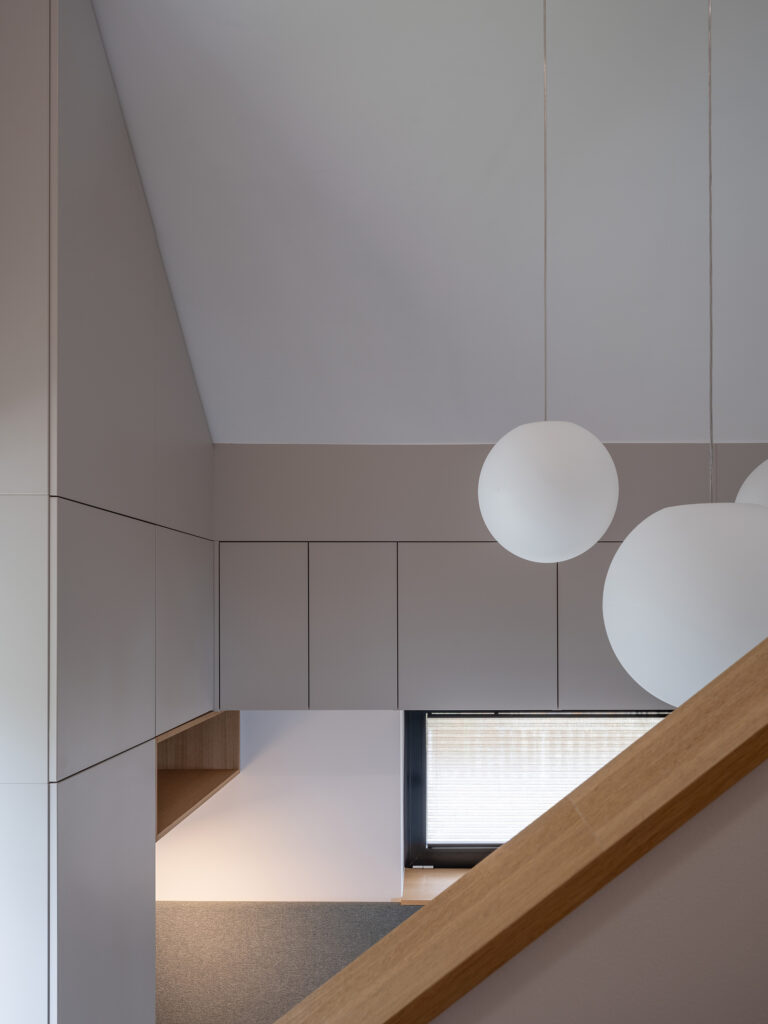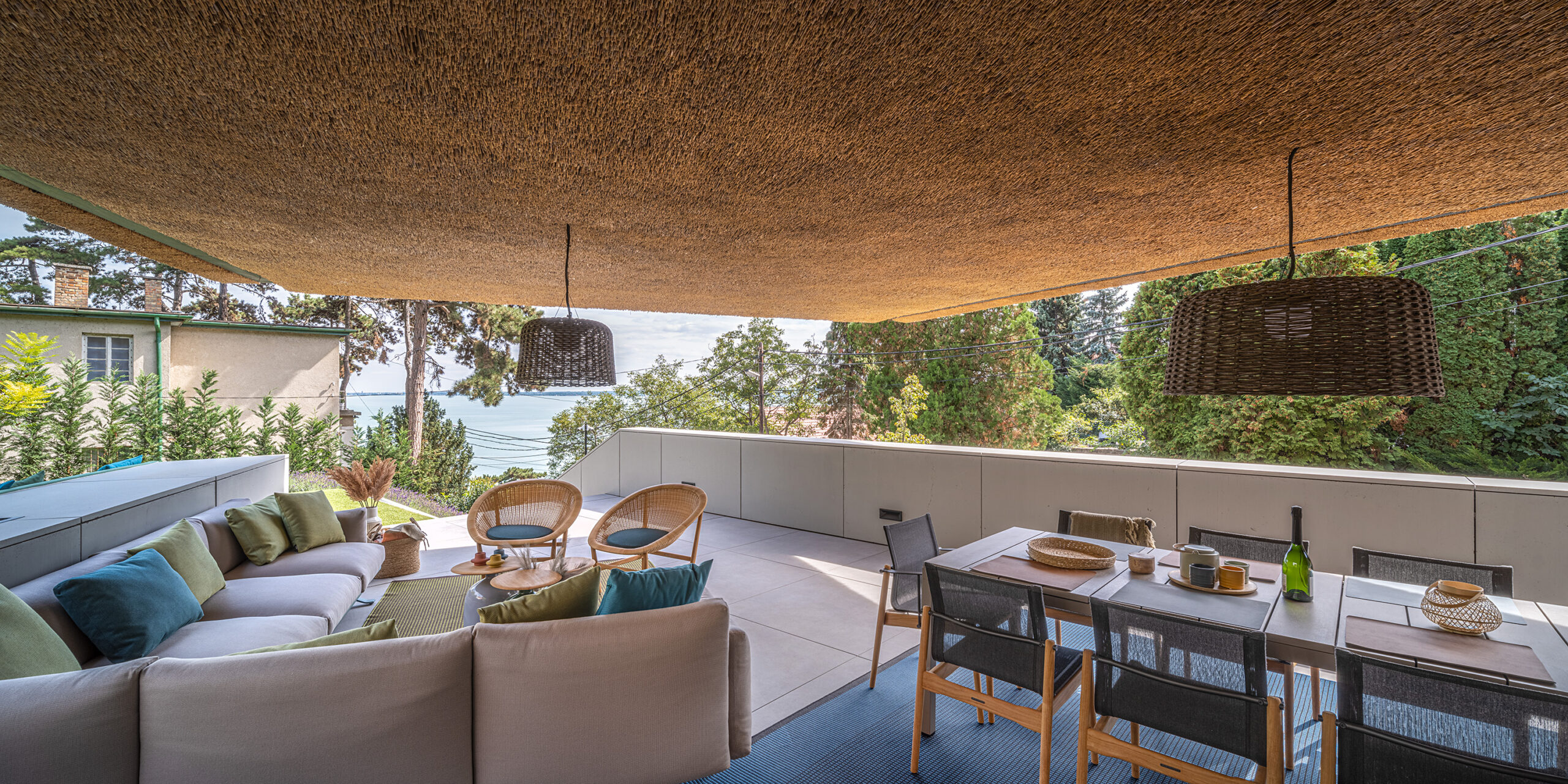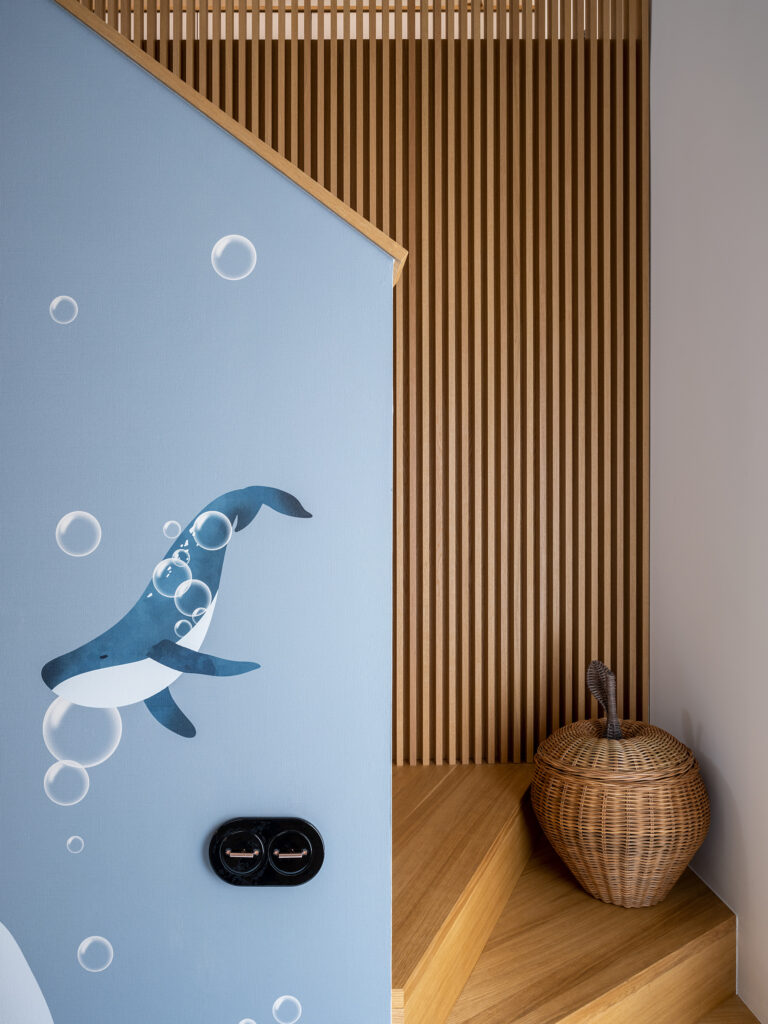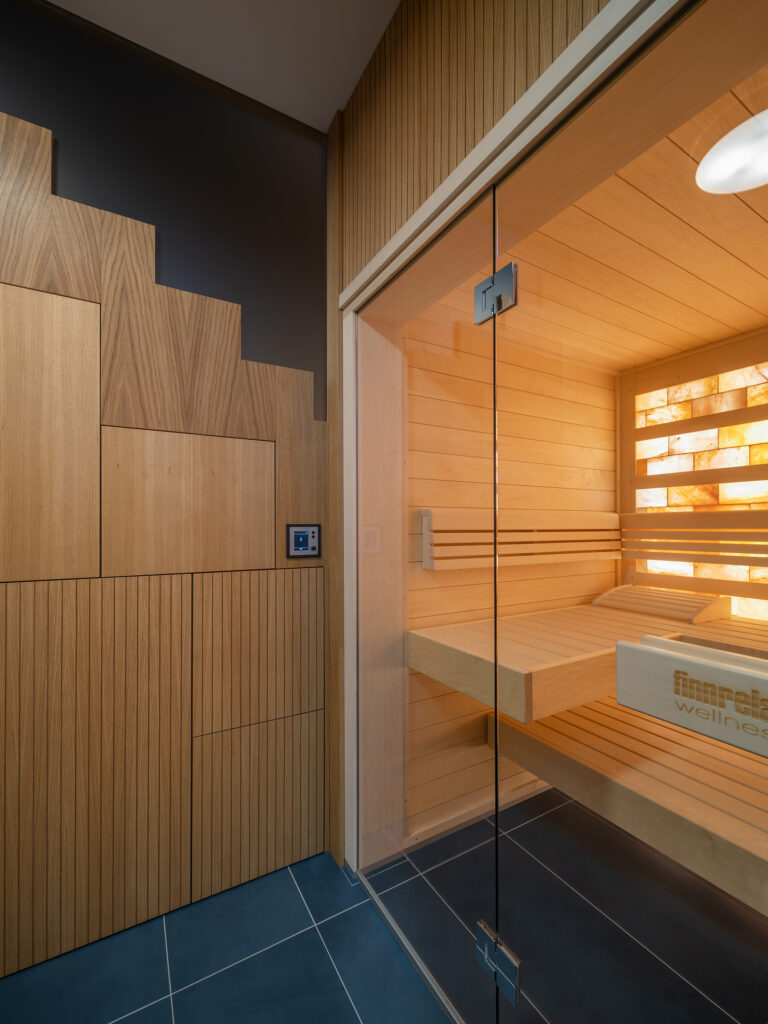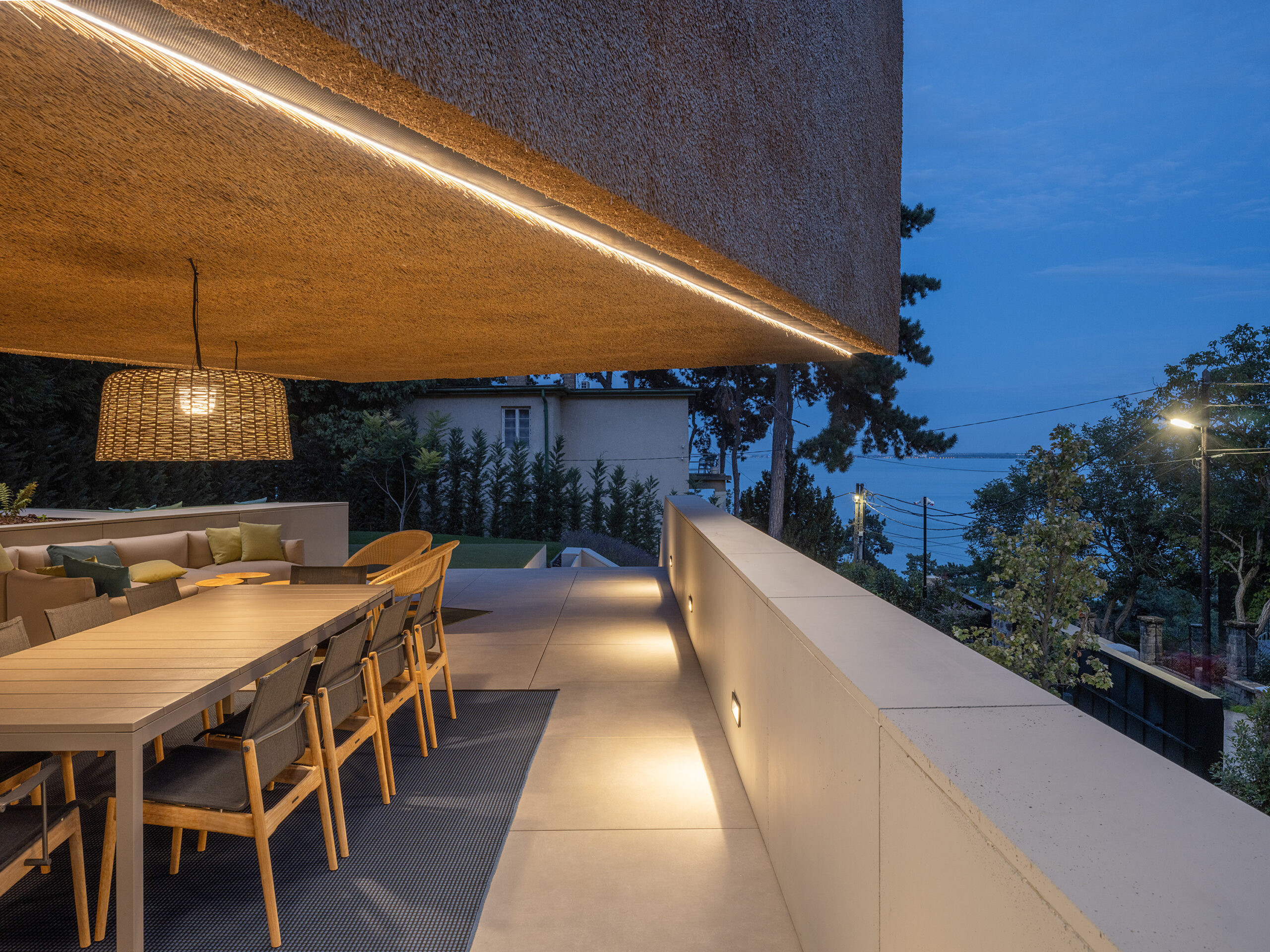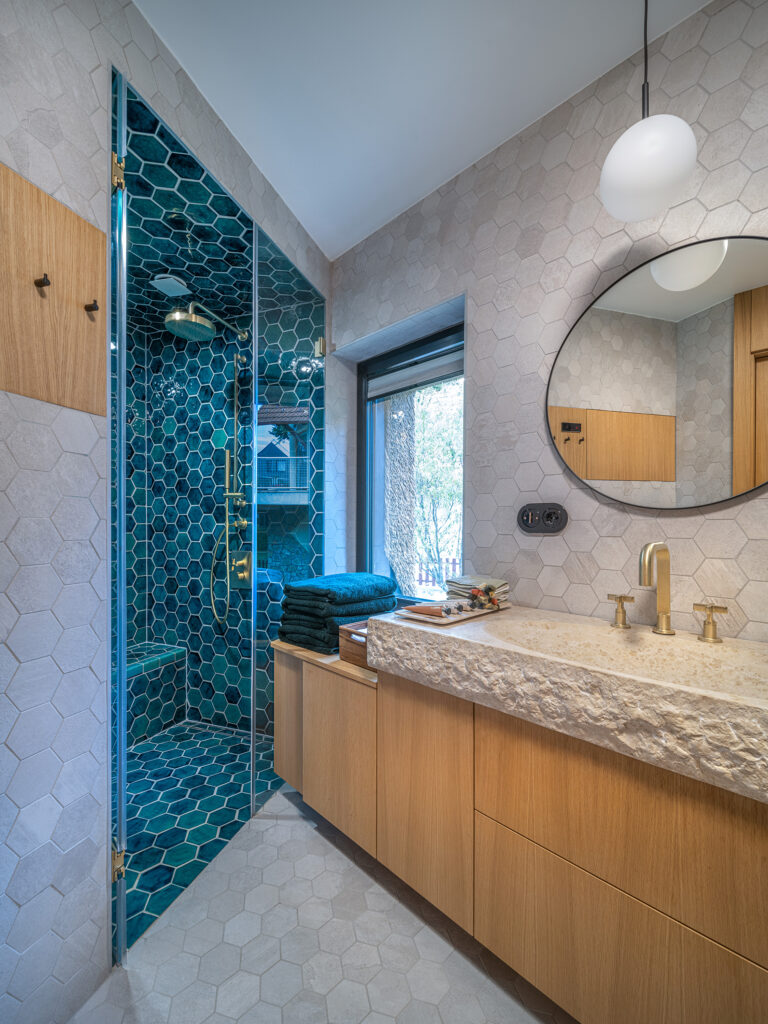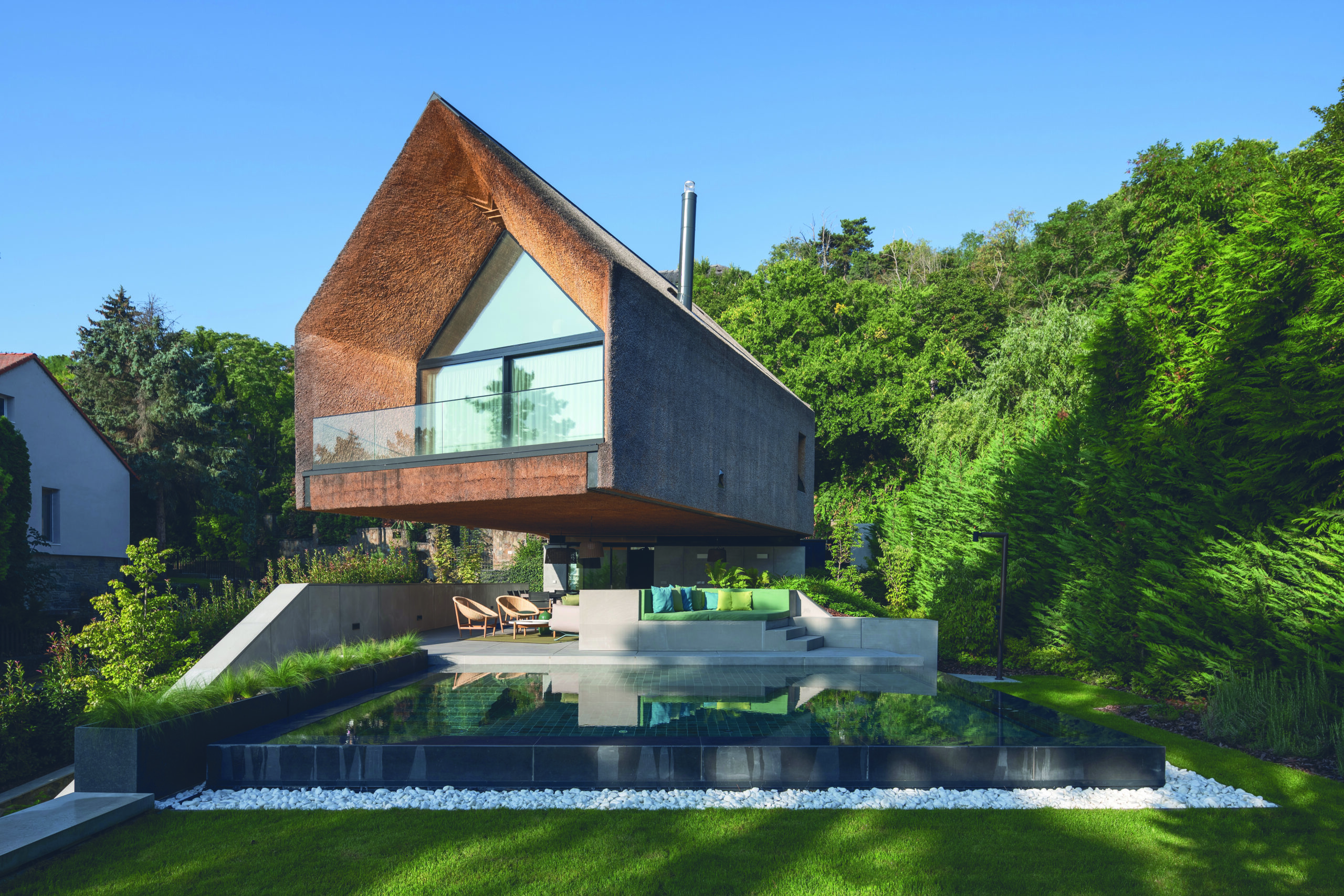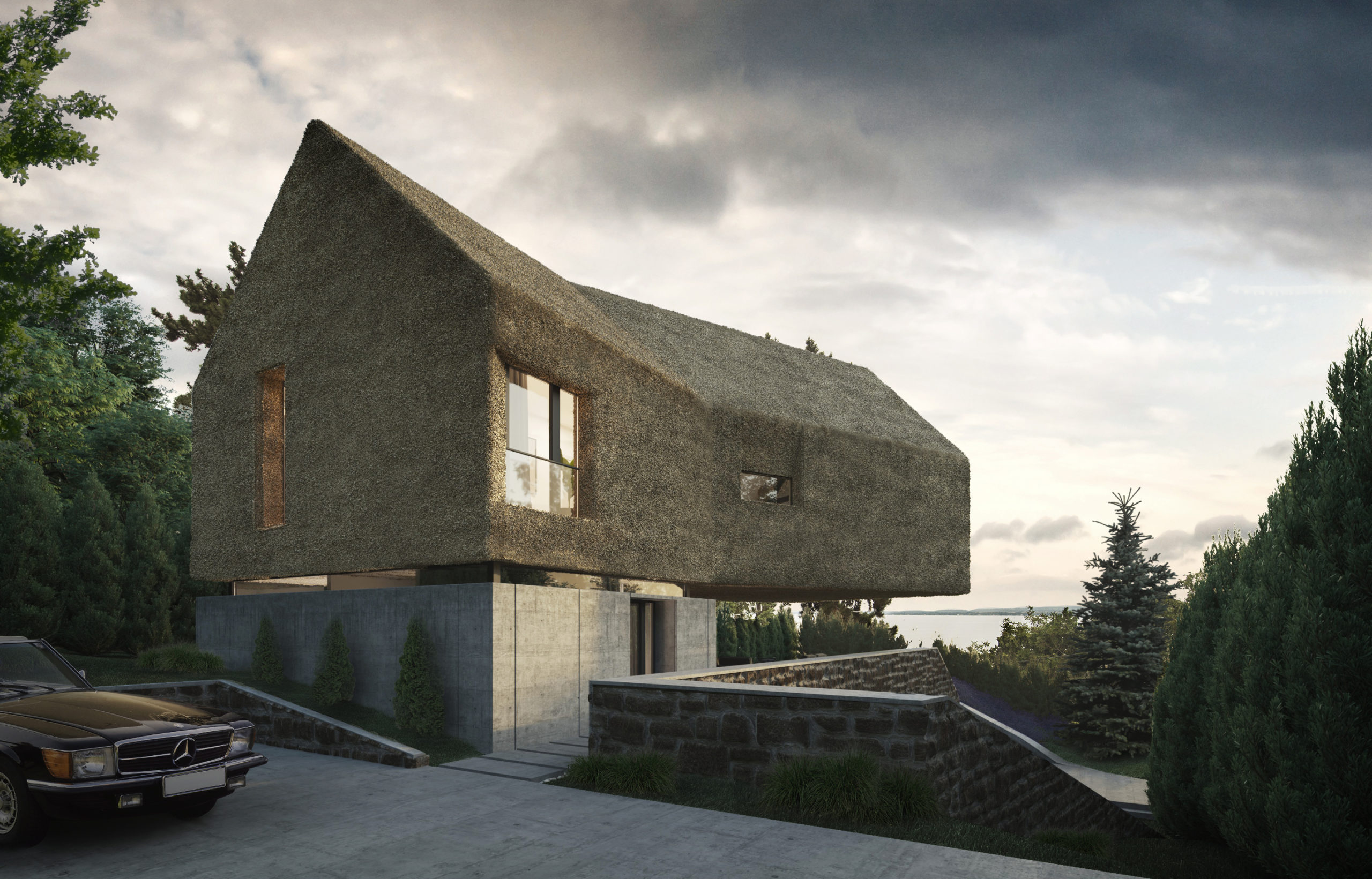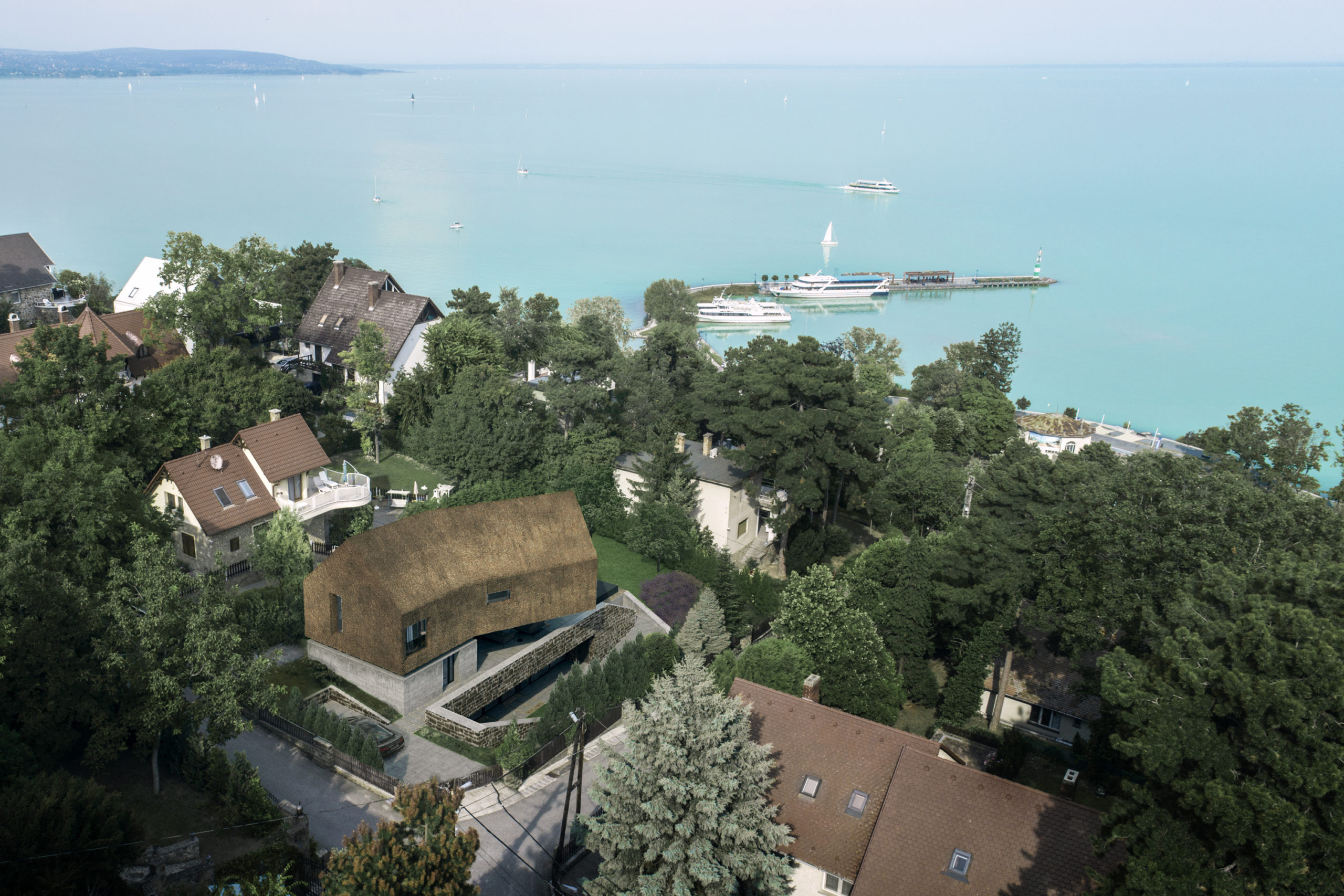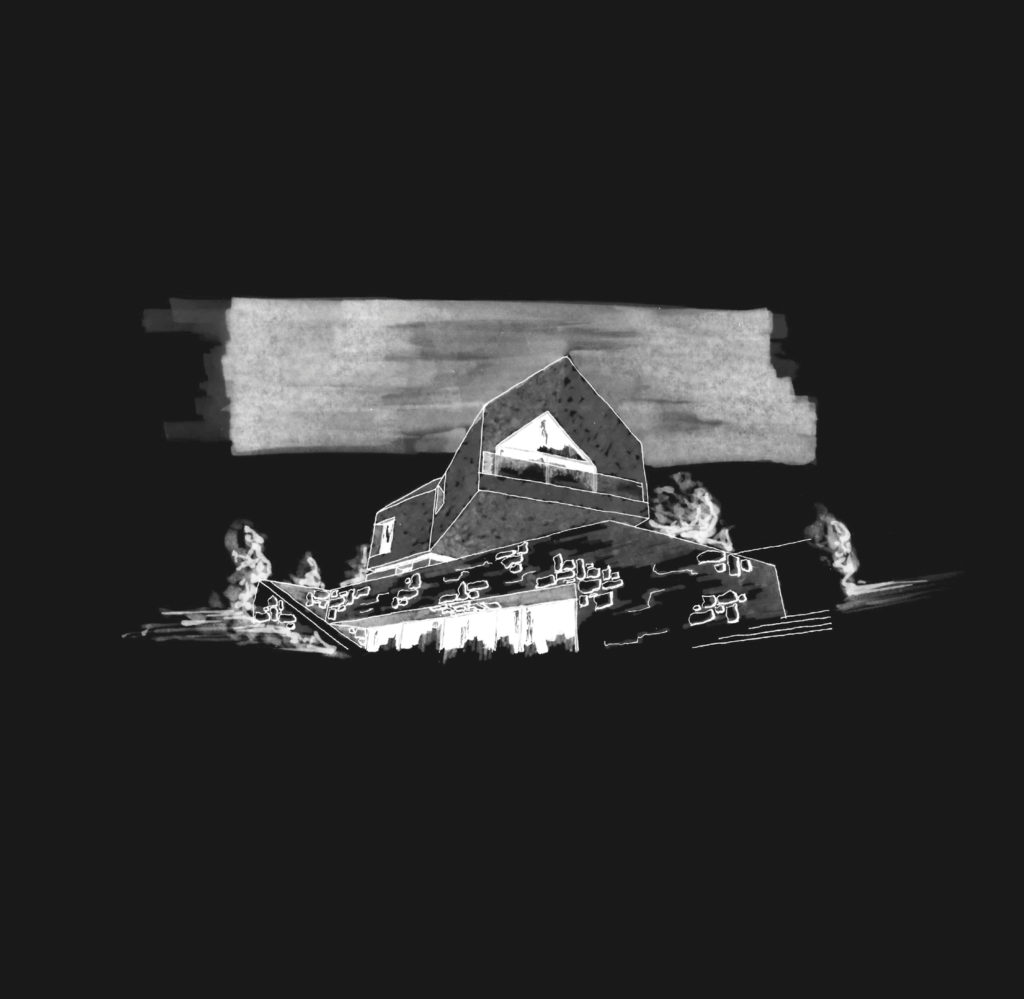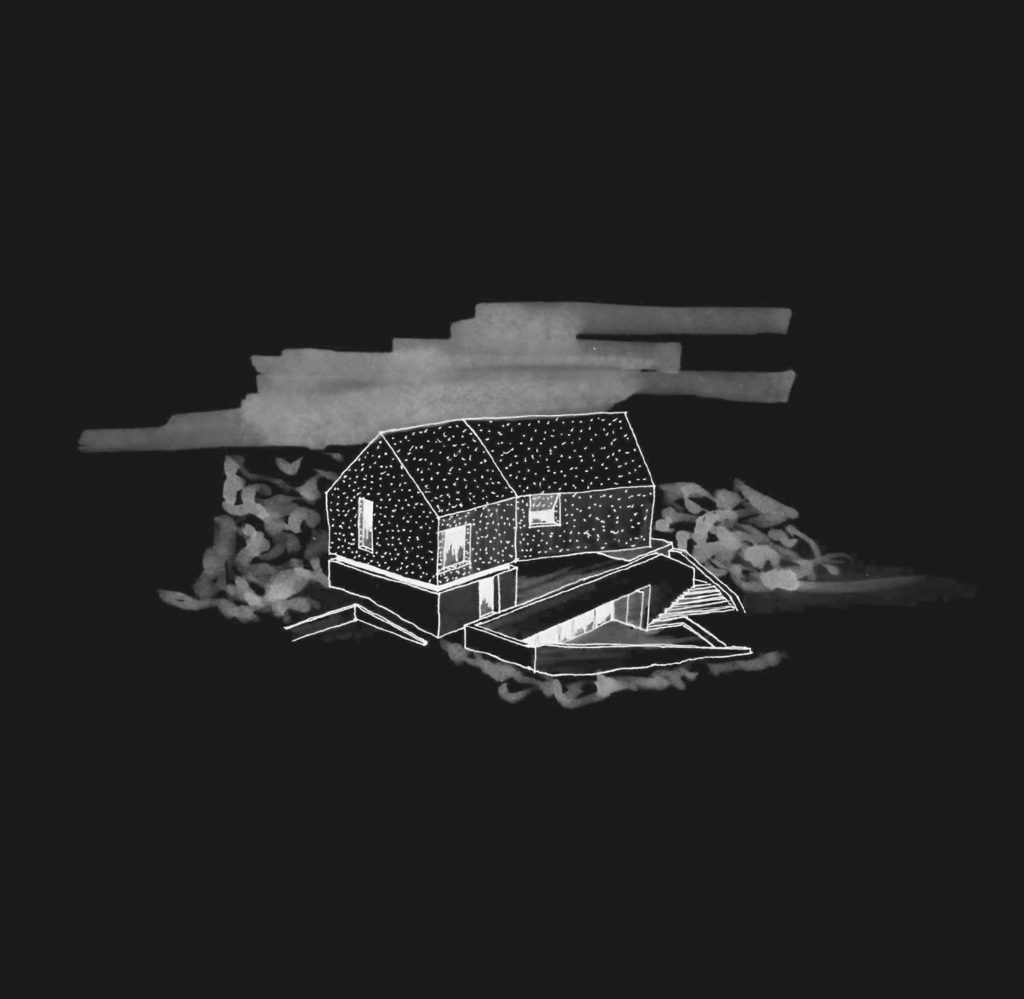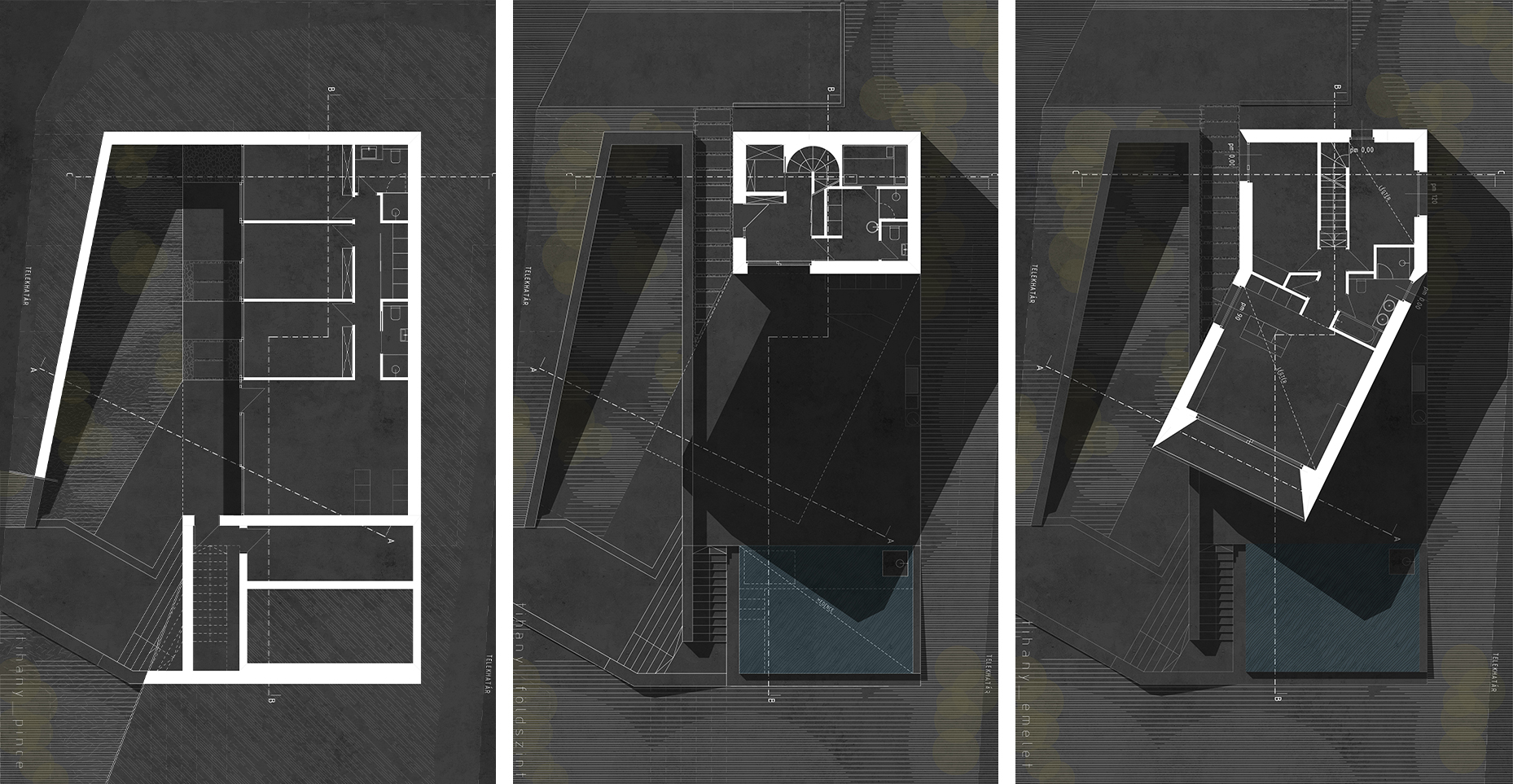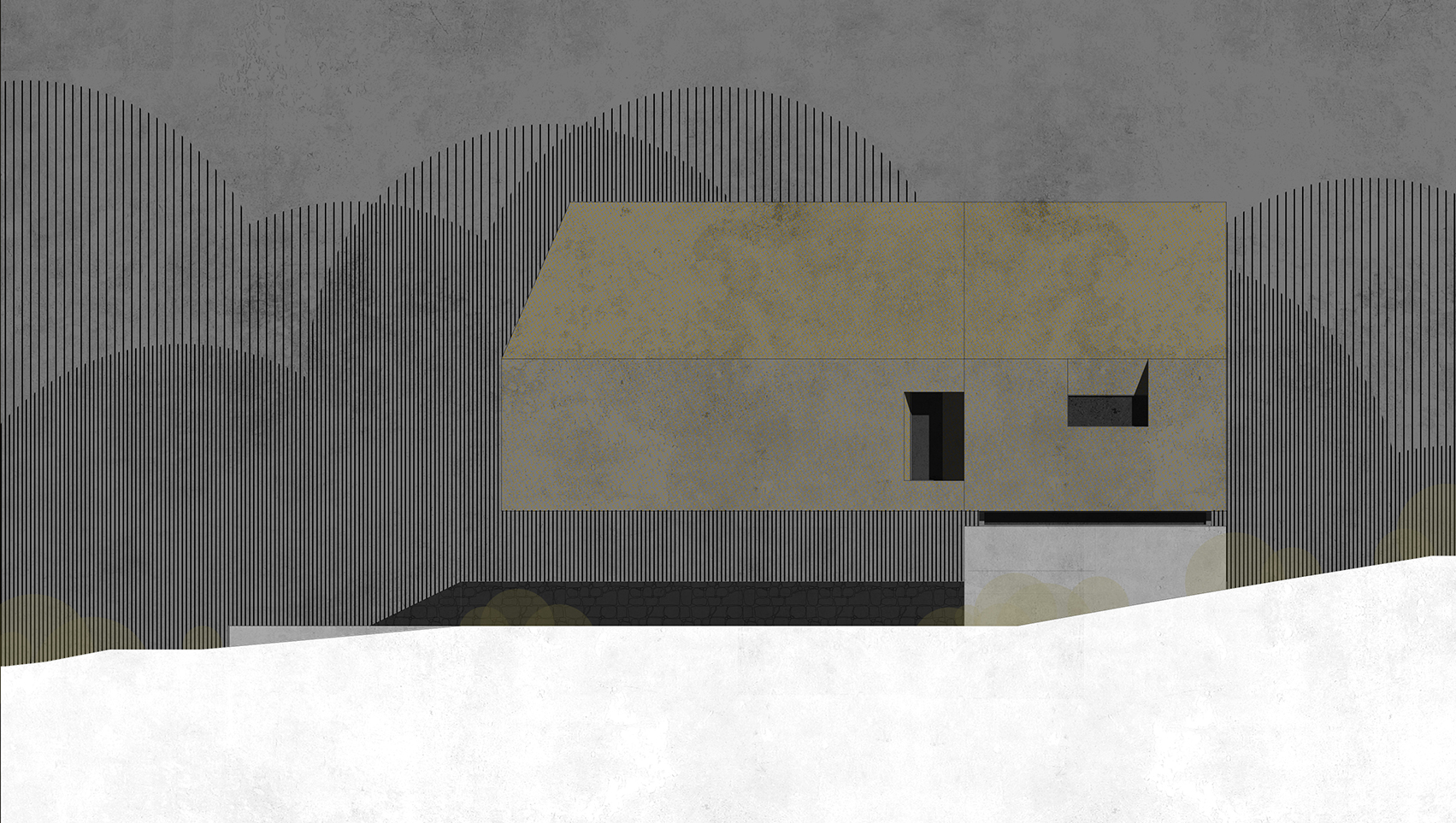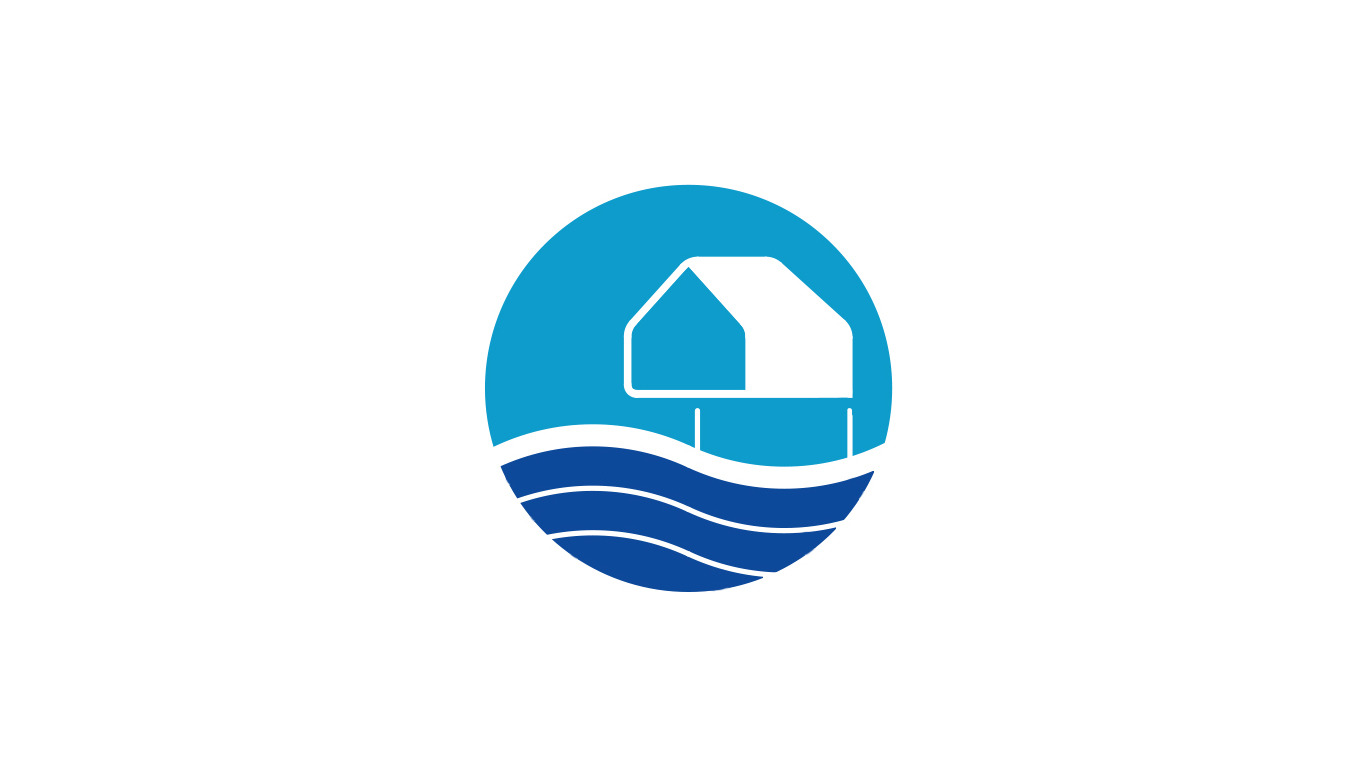
Traditional materials, reckless forms. Leisure and scenery.
LOCATION
Lake Balaton
The largest in Central Europe, lake Balaton has been the most popular touristic destination for Hungarians for almost two centuries. The northern shore of the lake is defined by the slopes of volcanic peaks and the Tihany peninsula. The latter is home to many vineyards, one of the oldest abbeys of Hungary and offers a magnificent panorama.
Tihany
As a historic settlement Tihany is characterized by the vernacular architecture and local materials. Reed grows abundantly at the lakeside and has been used for roofing for hundreds of years. Not only emblematic, but it is also a renewable source of thermal insulation. Volcanic stone mined in the region is the default building material of wine cellars and fences.
ARCHITECTURE
After the first initial meetings it became clear that the clients desire an intimate, cozy summer house rather than a high-tech building. The volume therefore is an interpretation of the shape of countryside houses and the materiality also follows the local tradition.
Rural houses in the region traditionally had an oblong shape. The floor plan adapted to the hilly landscape and therefore it was divided to a main floors, a basement and an attic. The main floor usually accomodated the living quarters on the front, followed by storages, a workshop and other agricultural functions. In the basement there was a large kitchen, behind it a wine cellar dug into the hillside. The new building is a kind of deconstruction and reinterpretation of this vernacular archetype.
The rough, volcanic stone cladded basement contains two guest apartments, both adjacent to the garden. The rather simple looking middle level serves as the main entrance to the building and to the terrace under the large cantilever of the top floor. The statuesque main volume of the house has a traditional cross section but an obtuse angle breaks its straight line. This angle is not without a purpose: it tilts the living room’s view directly to the turquoise surface of the lake. Reed is used not only as roofing but to cover the whole top floor, even the bottom of the cantilever. Thus, creating a homogenous surface while paying tribute to the highest level of craftsmanship and the centuries old tradition of applying reed as building material.
Using the same materials (stone and reed) for the fencing was important to create architectural interaction with the house. The fence’s height is quite low not to obscure the building and to avoid the look of a medieval fortress.
With this house RAPA Architects wanted to create a connection between modernity and tradition, emphasize contextuality and incorporate disappearing crafts into contemporary architecture.
